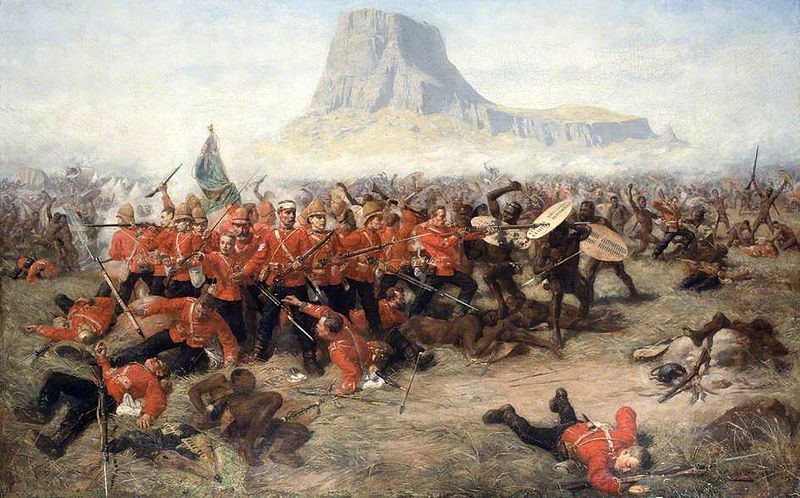The Anglo-Zulu War of 1879 was one of the many examples of British imperialism in the 19th Century. The Empire was ever expanding and the Zulu lands of South Africa were next on the agenda. Here we have a closer look at the Zulu warrior.
Organisation
The Zulus were not professional soldiers but they made up for this with their knowledge of the terrain and their determination to protect their native lands. A Zulu warrior would join this part-time militia between the ages of 19 and 40.
Weapons
The iconic Zulu weapons were a stabbing spear and a throwing spear. The shorter blade was used at close quarters while the larger version was thrown from distance.
Also, contrary to popular belief, the Zulus did wield firearms. Although not highly trained, 60 per cent of warriors carried a rifle, which they acquired through trading.
Shield
There were actually five types of Zulu shield but the most popular was the Isihlangu, a 1.5m (5ft) battle shield. Made out of cowhide, they were tough and durable but fared less well against colonial rifles.


Tactics
A Zulu regiment was known as a Amabutho. The preferred tactic of the Zulus was the ‘Buffalo Horn’ that would attempt to encircle the enemy by using flank tactics. The Zulus knew of the advanced rifle weaponry of the British so their tactics revolved around using their spears in close quarters fighting. A example of this tactic can be seen below. The enemy is in red.
Did you know?
In English, a Zulu regiment was known as an ‘Impi’. In Zulu it referred to a group of soldiers.







